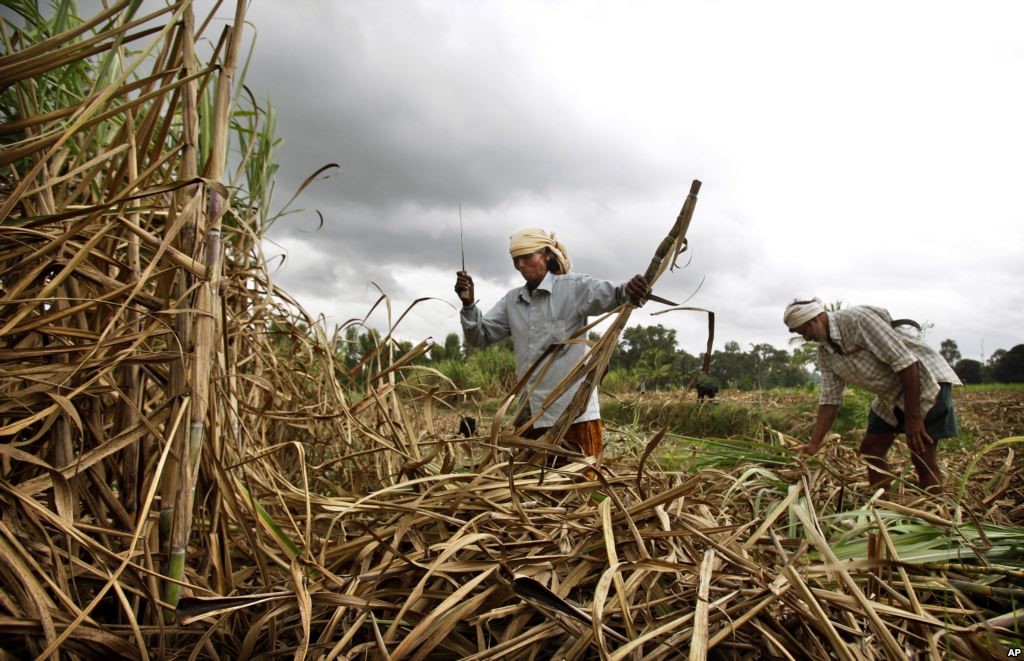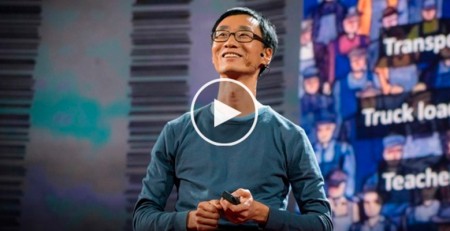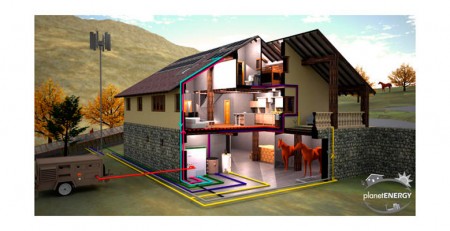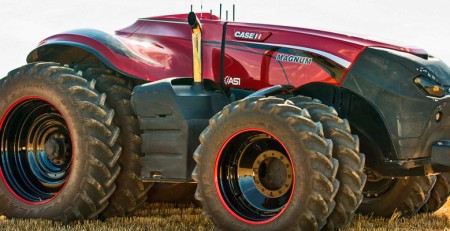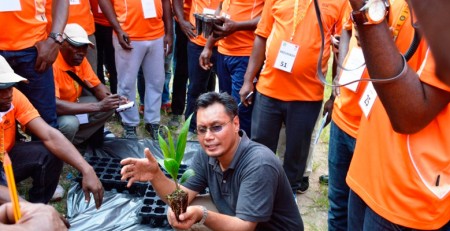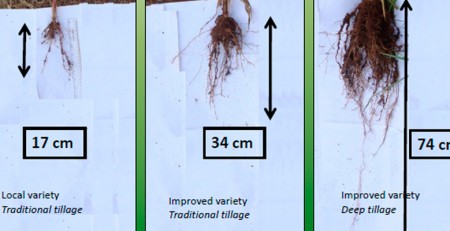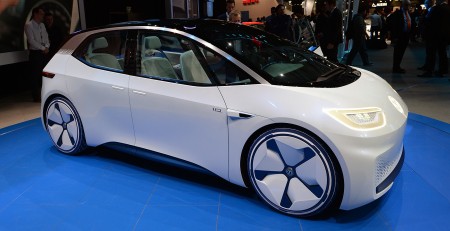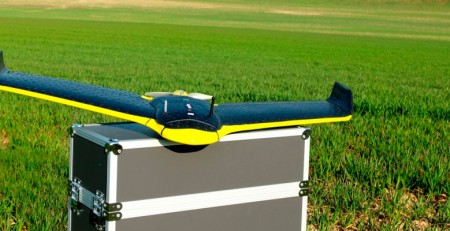Cogénération de biocarburants et d’électricité à partir de la canne à sucre
Des pays du monde entier cherchent des moyens de réduire leur dépendance aux combustibles fossiles en tant que source d’énergie et de combustible électrique, et la cogénération à partir de la canne à sucre devient de plus en plus intéressante. Parmi les sources d’énergie renouvelables et vertes, la canne à sucre peut être un contributeur significatif par nature de sa physiologie en tant que plante, et des utilisations diverses qui peuvent être extraites d’une culture de canne à sucre.
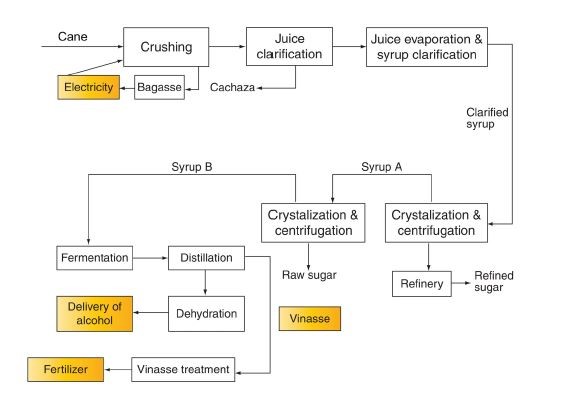
Chart of activities in a typical Sugar Cane plant (source: Energies: Challenges in Bioenergy Production from Sugarcane Mills in Developing Countries: A Case Study )
Bagasse (/bəˈɡæs/ bə-GAS) is the fiber portion of sugar, sorghum, and other plants after they are crushed for extraction processes relating to their juice. In sugarcane, it exists as a dry, pulpy material and historically contributes to beneficial uses such as biofuel, manufacturing pulp, and in building materials. Bagasse can be important as a contributor to a region’s electricity grid. When burning dry bagasse, it produces steam, which can be used to rotate turbines and ultimately, electricity.
For every 10 tonnes of sugarcane crushed, Wikipedia reports that a sugar factory produces nearly three tonnes of wet bagasse. Since bagasse is a by-product of the cane sugar industry, the quantity of production in each country is in line with the quantity of sugarcane produced.
Bagasse, as part of the by-product generation process, is quite moist. Water contents of 40-50% make it not as favorable as a fuel. For electricity producing systems, it will be stored and covered to retain the moisture before steam generation. A small amount of dehydration via exothermic processes occurs so as to release a small amount of moisture and sugars. When stored in for pulp and paper, it is stored wet so as to remove shorter pithy fibers and remove any residual sugar in the material. The composition of sugar cane bagasse makes it less desirable as a source for paper production due to its content of pith, rind, and stem fibers in a heterogeneous state.
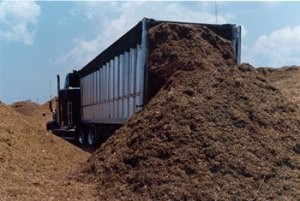
Image: Sugarcane bagasse being delivered off a truck with a walking floor. (Source: Bio Energy Consult: Cogeneration of Bagasse )
Remote areas of Africa and other countries, who do not have adequate fossil fuel reserves, nor the necessary infrastructure to tap them, are prime candidates for producing energy from sugarcane bagasse.
Another advantage to certain areas of Africa and other developing areas of the world include the fact that it is one of the most efficient cultivated crops at converting sunlight to carbon, sugars, and other value-added beneficial uses. This is a viable contributor to mitigating climate change and sequestering carbon in the environment.
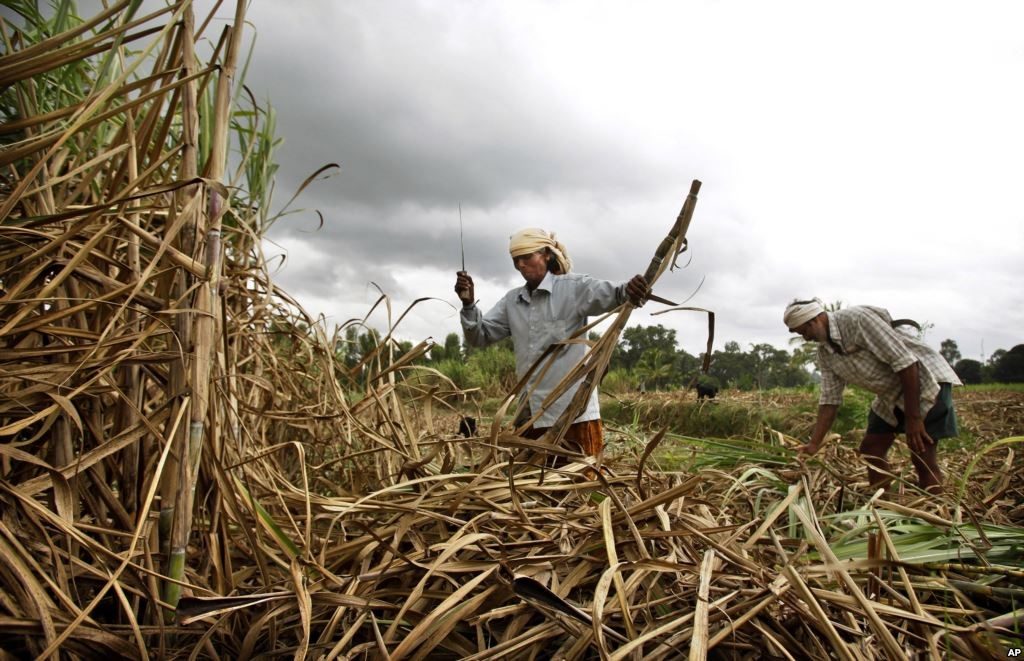
Image: Harvesting sugar cane in Africa (source: The World Energy Foundation: Cogeneration from Sugar Cane Bagasse – Africa’s Untapped Renewable Energy Resource )
Sugar cane isn’t just about the sugar… Essentially, the entire sugarcane biomass can be converted to useful products or electricity cogeneration from sugarcane. Source: ZBG Boiler Company: Bagasse Power Cogeneration in Sugar Mills
Learn more about it:
Bio Energy Consult: Cogeneration of Bagasse
United Nations Paper – Sugar Cane Bagasse Energy Cogeneration – Lessons from Mauritius


